Simon Faghel-Soubeyrand
Banting Postdoctoral Fellow, University of Oxford
Cognitive neuroscientist at the intersection of human memory, sleep and perception
Banting Postdoctoral Fellow, University of Oxford
Cognitive neuroscientist at the intersection of human memory, sleep and perception
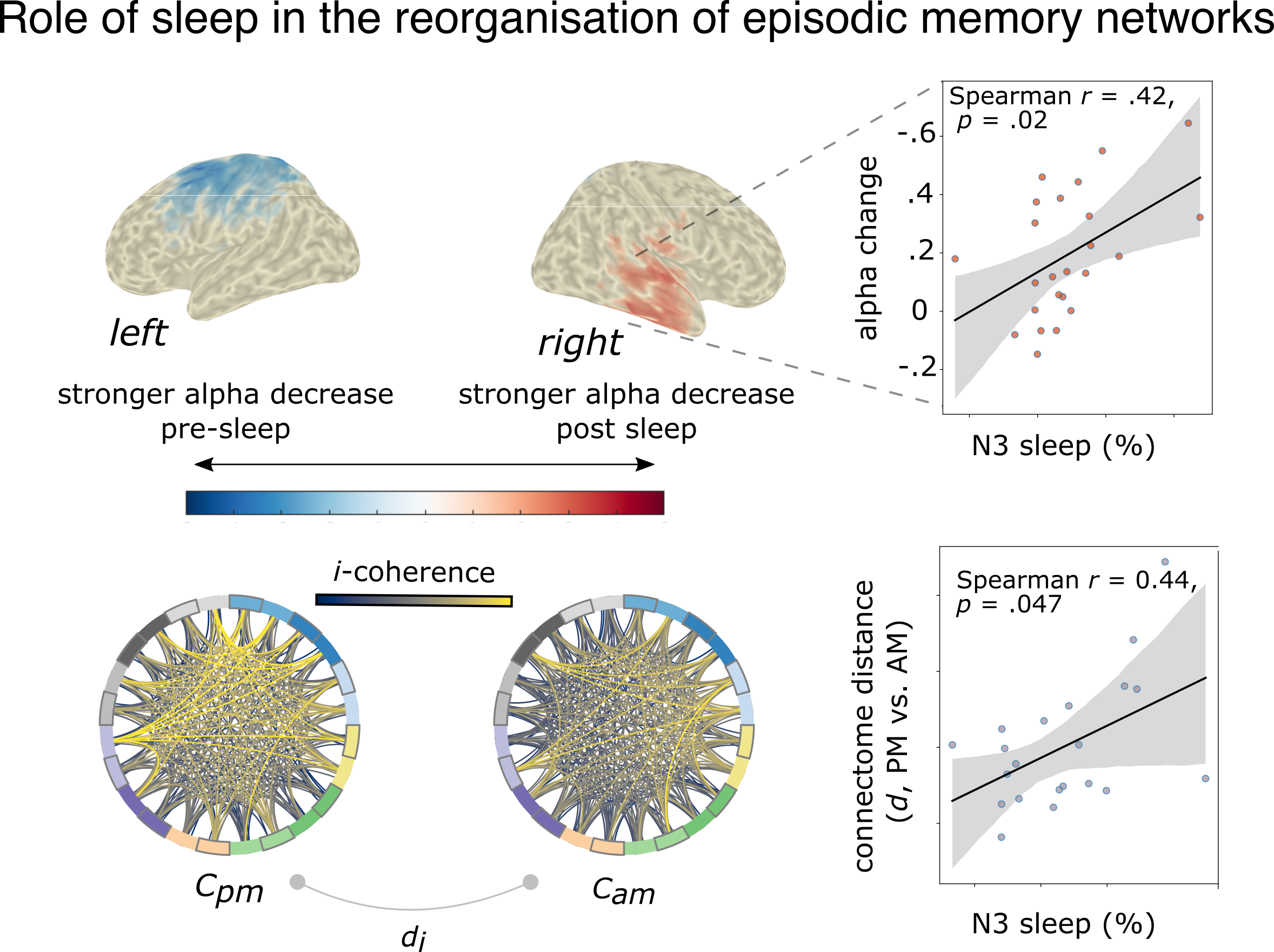
How does deep sleep reshape our memories? Our new study shows that slow-wave sleep (SWS) reorganises episodic memory networks, shifting recall from the parietal cortex to the anterior temporal lobe (ATL).
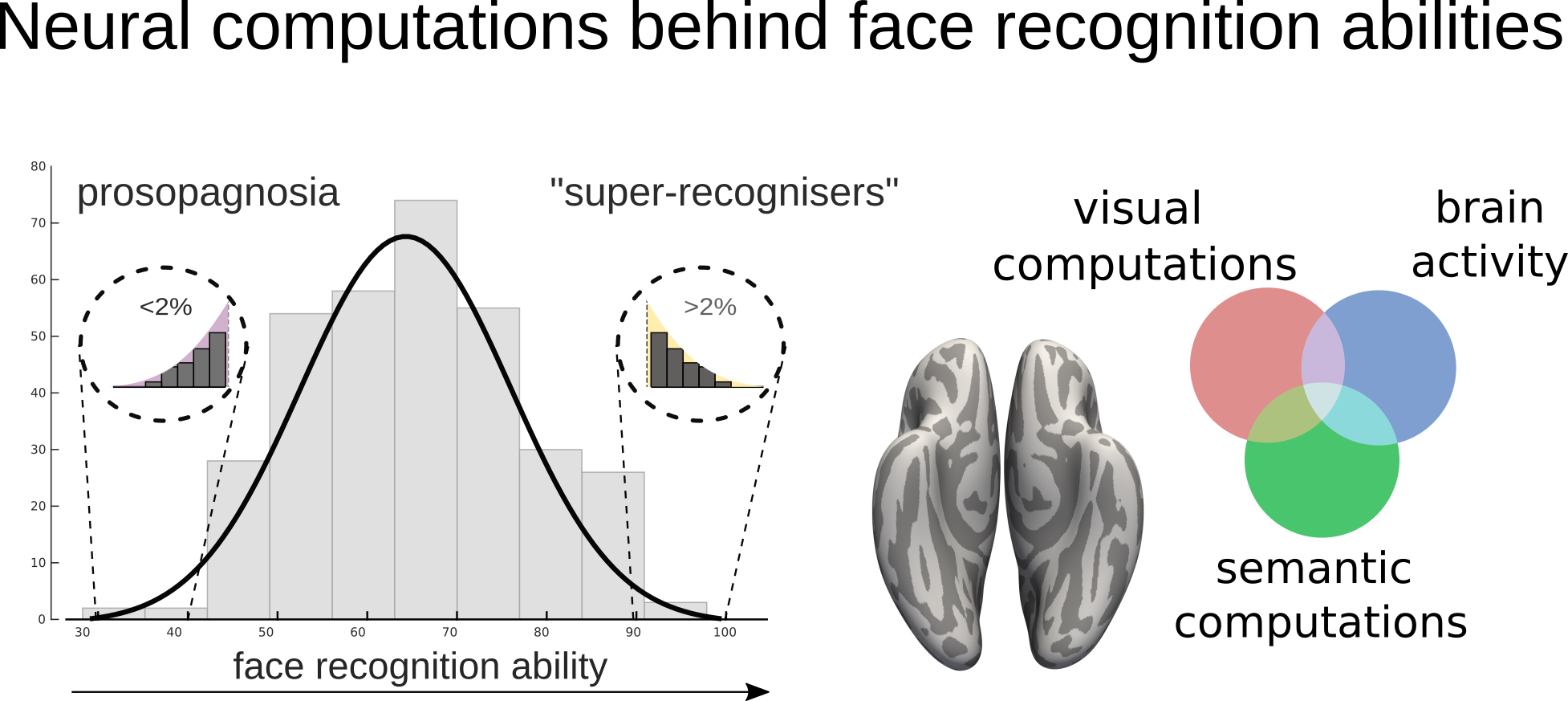
We explore how inter-individual differences in visual (face) cognition relate to visual and semantic representations in the brain, combining EEG decoding, behavioural metrics and representations in vision and language computational models.
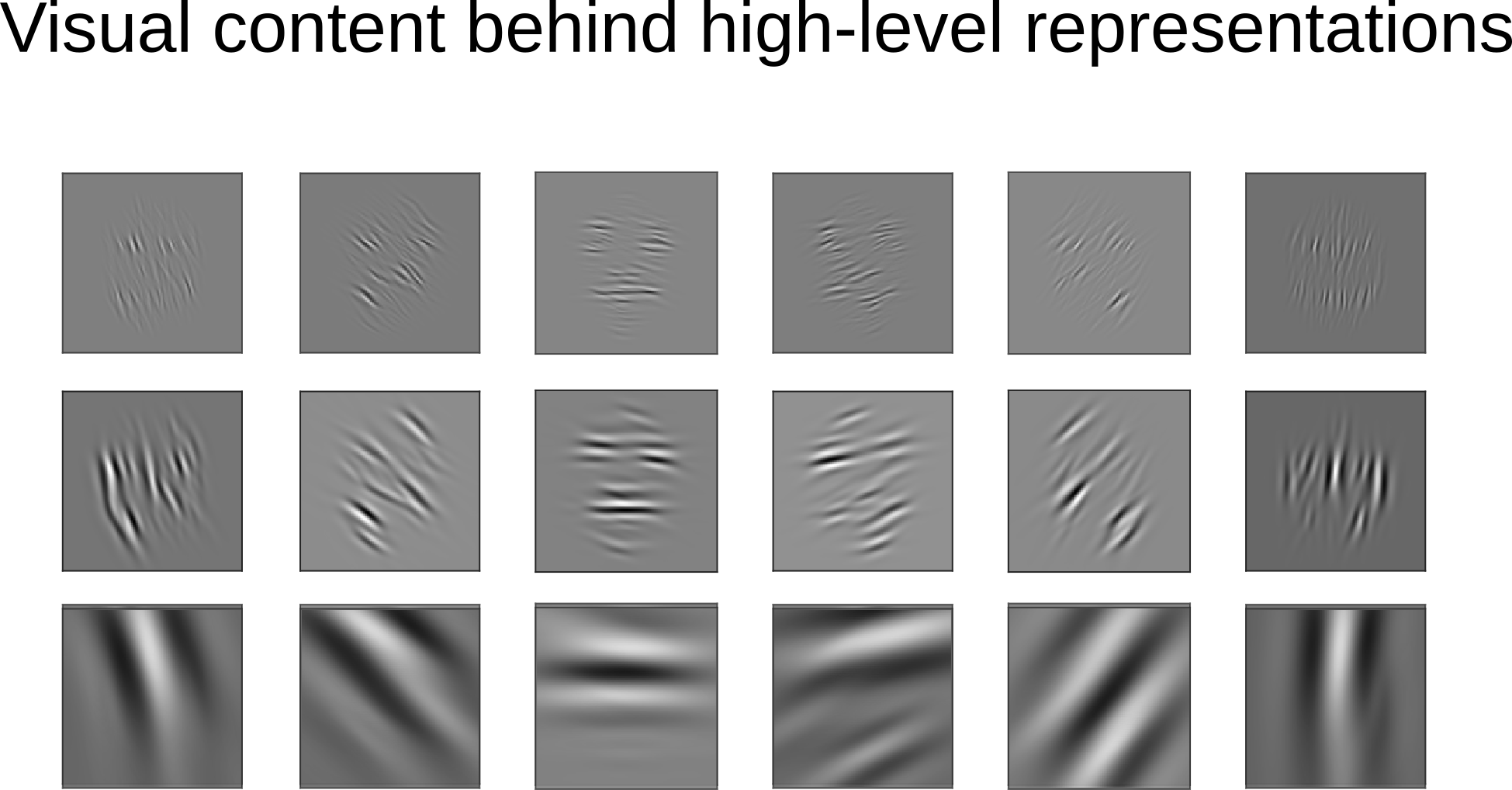
This line of work maps the content of visual representations across different face recognition tasks using "reverse correlation" psychophysical techniques.
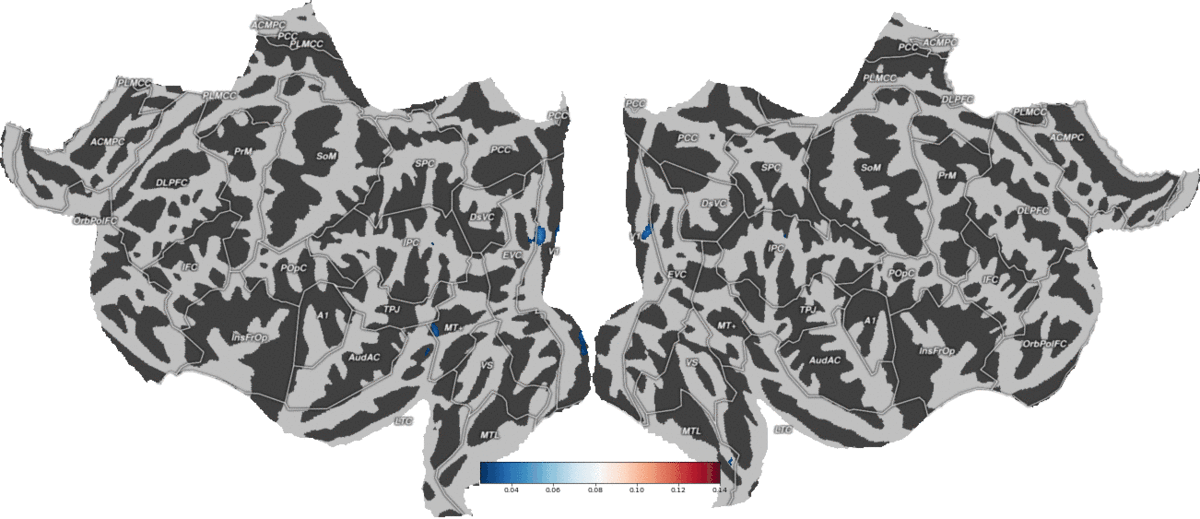
By combining EEG and fMRI, we uncover the spatiotemporal code the brain uses to represent visual objects. This fusion approach captures the millisecond-level dynamics underlying high-level visual processing.
(University of Oxford) A day in the life of a memory: EEG-fMRI dataset to study transformations of episodic memory representations in the human brain
1. Xianhui He, Philipp K. Büchel, Simon Faghel-Soubeyrand, Janina Klingspohr, Marcel S. Kehl, & Bernhard Staresina (2025). Sleep strengthens successor representations of learned sequences. bioRxiv. https://doi.org/10.1101/2025.06.11.658893v1
2. Simon Faghel-Soubeyrand, Polina Perzich, & Bernhard Staresina (2025). Slow wave sleep is associated with a reorganisation of episodic memory networks. Neuropsychologia. Special Issue: sleep, memory and emotion
3. Faghel-Soubeyrand, S., Ramon, M., Bamps, E., Zoia, M., Woodhams, J., Richoz, A-R., Caldara, R., Gosselin, F., and Charest, I. (2024). Decoding face recognition abilities in the human brain. PNASNexus
4. Faghel-Soubeyrand, S., Richoz, A-R., Waeber, D., Woodhams, J., Gosselin, F., Caldara, R., and Charest, I. (2024). Neural computations in prosopagnosia. Cerebral Cortex
5. Brotherwood, P., Faghel-Soubeyrand, S., Van Den Bosch, J., and Charest, I. (2023). Characterising the spatiotemporal profiles of neural object representations using implicit and explicit similarity judgement tasks. Cognitive Computational Neuroscience
6. Hadid, V., MacLean, M., Grand-Maitre, C., Dandrimont, J., Higgins, M., Faghel-Soubeyrand, S., Lepore, F. (2023). Early processing of unattended emotional faces increases the brain response to attended emotional expressions: an SSVEP study. 18th International Symposium on Medical Information
7. Faghel-Soubeyrand, S., Kloess, J.A., Gosselin, F., Charest, I., and Woodhams, J. (2021). Diagnostic Features for Human Categorisation of Adult and Child Faces. Frontiers in Psychology
8. Faghel-Soubeyrand, S., Lecomte, T., Bravo, M. A., Lepage, M., Potvin, S., Abdel-Baki, A., Villeneuve, M., and Gosselin, F. (2020). Abnormal visual representations associated with confusion of perceived facial expression in schizophrenia with social anxiety disorder. Schizophrenia
9. Faghel-Soubeyrand, S., Alink, A., Bamps, E., Gosselin, F., and Charest, I. (2019). Visual representations supporting category-specific information about visual objects in the brain. Cognitive Computational Neuroscience, Berlin. Conference paper.
10. Faghel-Soubeyrand, S., Dupuis-Roy, N., and Gosselin, F. (2019). Inducing the use of right-eye enhances face-sex categorization performance. Journal of Experimental Psychology: General.
11. Dupuis-Roy, N., Faghel-Soubeyrand, S., and Gosselin, F. (2018). Time course of the use of chromatic and achromatic facial information for sex categorization. Vision Research.
12. Gosselin*, F. and Faghel-Soubeyrand*, S. (2017). Stationary objects flashed periodically appear to move during smooth pursuit eye movement. Perception, 46(7), 874-881.
My teaching spans undergraduate and graduate levels in cognitive neuroscience, psychology, and quantitative methods. I have taught both theoretical content and practical techniques in brain imaging, experimental design, data analysis, and programming (Python, Matlab).
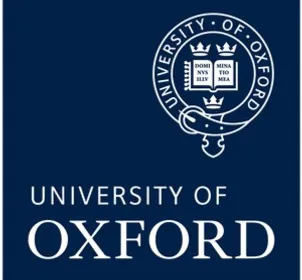
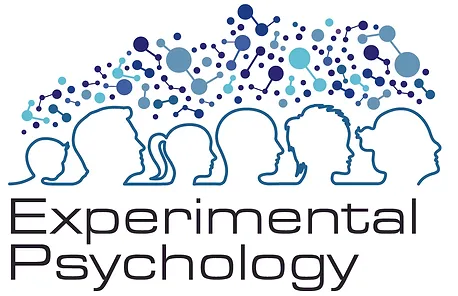

human memory | vision | sleep | EEG | Intracranial EEG | fMRI | deep learning
My research focuses on understanding how the specific content of our perception and experiences guides our behaviour, with a specific focus on visual recognition and episodic memory. I'm interested in characterising how our internal representations — such as visual information about objects and faces — are supported by the brain, how idiosyncrasies in behaviour (e.g. memorisation ability across individuals) affect these representations, and in understanding how the specific content our mind represents (e.g. visual or concept-like information from an every-day scene at the office) is transformed with the learning of new memories, specifically during sleep. To understand these processes, I use a combination of behavioural and brain imaging techniques (electroencephalography, functional MRI, EEG-fMRI) as well as machine learning to probe brain representations in a range of different individuals.
During my Postdoctoral research (University of Oxford, Staresinalab), I am tackling questions related to the neural code of episodic memories as they are transformed during sleep.
I was funded by a Newton International Fellowship from The Royal Society (2023-2025). I am currently a Banting Postdoctoral Fellow in the Department of Experimental Psychology at the University of Oxford, and a Junior Research Fellow at Wolfson College.